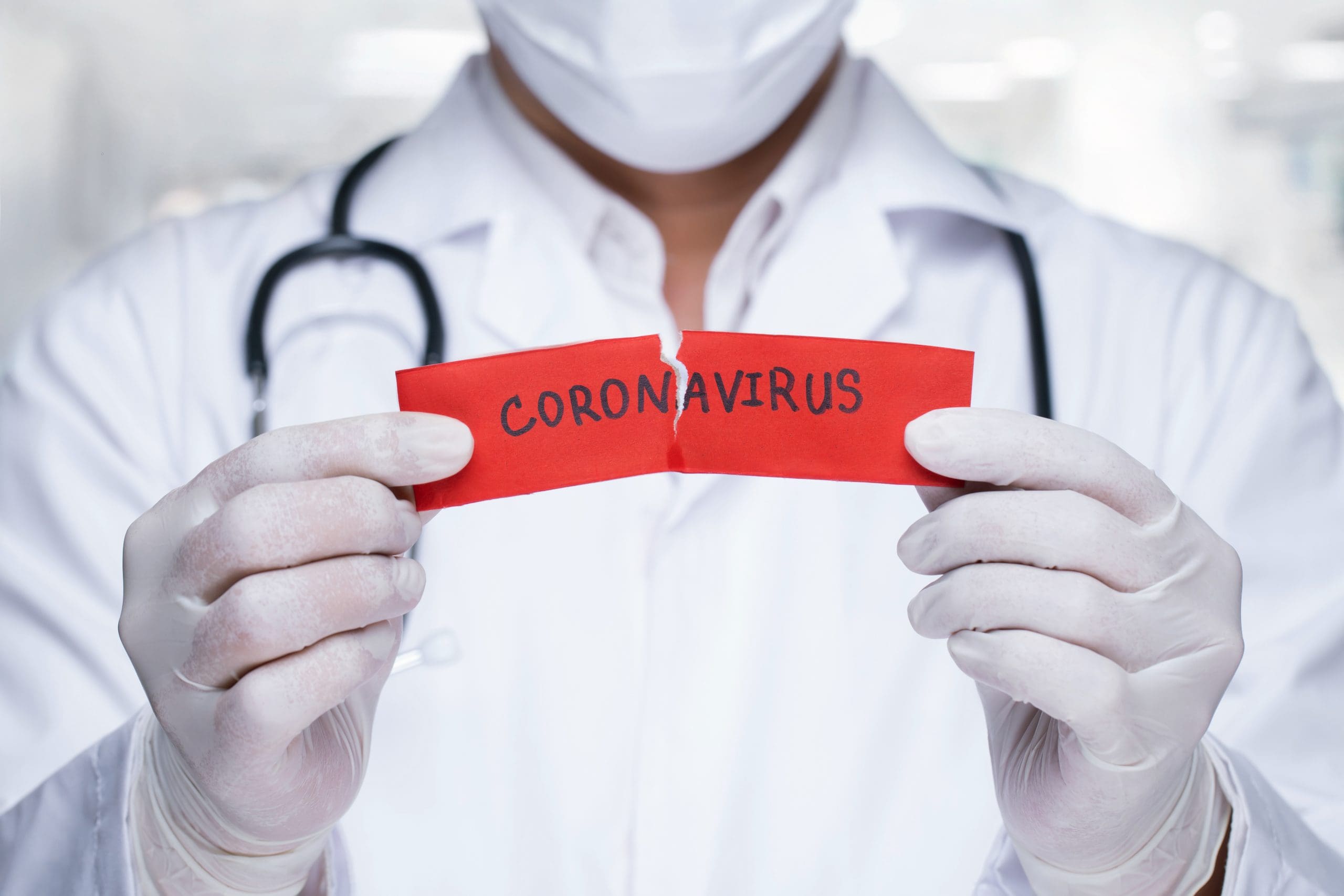Engage in practical training through Project Firstline.
A lifetime of working with patients with serious burn injuries truly ingrained in me the importance of infection prevention and control. The lives of these patients—who were at high risk for infections—depended on nurses and other healthcare team members following stringent protocols, including proper hand hygiene. We handed out a manual with “pearls of wisdom” to those rotating through our burn center, and we held everyone accountable for following those infection prevention and control practices no matter how brief the patient interaction.
As we continue to work and live through the COVID-19 pandemic, there is a heightened effort to ensure nurses, other healthcare staff, and members of the public more fully understand how to protect ourselves against this current virus and other infectious diseases. Now, everyone must incorporate good infection prevention and control practices. As nurses, it’s a professional responsibility that none of us takes lightly. We must know the early signs and symptoms of an infection so we can head it off at the pass and provide evidence-based care. We also must maintain the public’s trust by ensuring we’re giving them accurate information to stay safe. That said, nurses’ knowledge of infection prevention and control, and those of our healthcare partners, varies.
To help nurses gain or strengthen their knowledge on these critical measures, the American Nurses Association (ANA) is again collaborating with the Centers for Disease Control and Prevention (CDC), this time through Project Firstline (nursingworld.org/practice-policy/project-firstline). Our association is among 60-plus partner organizations at the local, state, and national level providing nurses (and more broadly healthcare and public health workers) with access to ongoing foundational and practical training and resources.
Although this initiative was born out of the COVID-19 pandemic, it reflects a longstanding need for a prescribed approach to addressing infection prevention and control. For several months before the program’s October launch, the CDC and its partners held listening sessions, where nurses and other healthcare professionals expressed the need for standardized, evidence-based training, particularly so we’re not scrambling for the information we need to keep ourselves and our patients safe.
This comprehensive program offers a variety of ways to get information, including web-based training, easy-to-access toolkits, and tele-mentoring. The end-goal, according to the CDC, is for every U.S. healthcare worker to understand and feel confident in applying necessary infection prevention and control principles and protocols to protect themselves, as well as their patients, facilities, families, and communities, from infectious diseases. My hope is that this “all for one and one for all” approach will help us succeed now and with any future biological threat we may face.
The initial training modules are expected to focus on the basics of COVID-19 and infection control, personal protective equipment, crisis standards of care, and recognizing risk, among other key issues. More content and additional formats will be added over time, with an emphasis on sharing real-life examples of infection control problem solving that can be applied to daily practice.
I encourage every nurse to engage in Project Firstline training and explore ANA’s COVID-19 resources (nursingworld.org/coronavirus). And I’m again asking you to participate in the American Nurses Foundation’s periodic Pulse on the Nation’s Nurses surveys and to join us in our advocacy efforts at RNaction.org.
On a different topic, February 14-20 is Random Acts of Kindness Week, so please consider doing something nice for your co-workers—buy them a cup of coffee or cover for them while they take a quick break. Everyone can use a random act of kindness and there’s no time like the present.


Ernest J. Grant, PhD, RN, FAAN
President, American Nurses Association




















